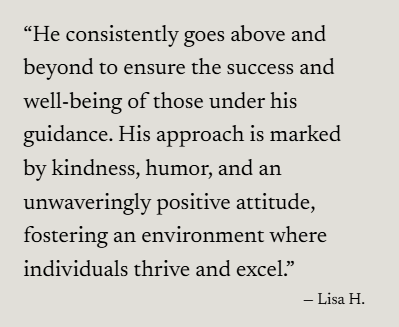What We Do
View this Video to Learn Just How We Can Help
Who are We?
At Frontline Sales Ops we help small business leaders build the sales systems they need to accomplish their mission.
We’re in the trenches with you—not just advising from the sidelines.
Schedule a free 10-minute Virtual Cup of Coffee to see if our program is the right fit to support your mission.
Our Services
Sales Audit
$500
Unlock Fortune 500-Level Sales Performance
Our Sales Audit identifies proven best practices used by top small sales teams to achieve big results.
Fractional Sales Leadership (The SalesQB Program)
$1,000+/Month
Get Elite Sales Leadership—Without the Full-Time Cost
Our Sales Leaders work directly with you and your team —for a fraction of the cost of a full-time manager.
Virtual Cup of Coffee
Curious if Frontline Sales Ops is the right fit for your business?
Book a free 10-minute Virtual Cup of Coffee — a quick, no-pressure conversation.
Discuss your sales goals, challenges, and current systems to understand where you are and where you want to go.
Learn how our fractional sales leadership model and the SalesQB framework could support your growth.
If we're a fit, we'll outline clear next steps.
Testimonials
Contact Us
Interested in working together? Fill out some info and we will be in touch shortly. We can’t wait to hear from you!
Frontline Tactics
Short videos to give a quick insight for Small Business Owners
The Weekly Briefing
Tips, Tricks, and Thoughts for the SMB Owner
How to Perform Market Research as a Small Business
Get to know your market before you try to sell to it.
For small business owners, diving into new offerings, expanding into new customer segments, or simply trying to increase sales can feel like throwing darts in the dark. Market research is your flashlight. And no, you don’t need a massive budget or a team of analysts to do it well—you just need a clear plan and the right tools.
At Frontline Sales Ops, we believe that great decisions start with great data. Here’s a practical guide to performing market research without the corporate overhead.
Step 1: Know What You’re Trying to Learn
Start with the goal. Are you:
Launching a new product?
Entering a new market?
Trying to better understand why customers aren’t converting?
Clearly defining your objective helps you focus your efforts and avoid getting lost in a sea of irrelevant data.
Step 2: Define Your Target Market
Get specific. "Everyone" is not a target market.
Break it down by:
Demographics: Age, gender, income, job title
Geographics: Where they live or operate
Psychographics: Interests, pain points, values
Behaviors: Purchase habits, decision-making process
Use customer surveys, interviews, and your CRM data (if you have one) to start building this profile.
Step 3: Gather Secondary Data
Before you build your own research, start with what’s already out there.
Check:
Industry reports (Statista, IBISWorld, Pew Research)
Local chamber of commerce resources
Google Trends
Competitor websites, reviews, and social media
Trade association newsletters
You’d be surprised how much you can learn just by snooping… professionally, of course.
Step 4: Conduct Primary Research
This is where you get into the nitty-gritty.
Try:
Customer interviews: Ask current customers why they bought from you (or why they didn’t).
Surveys: Use tools like Typeform or Google Forms to ask about needs, pricing, and decision factors.
Mystery shopping: Interact with competitors as if you’re a customer.
Observation: Watch customer behavior on your site (tools like Hotjar are great for this).
Keep it simple. A few good answers are more helpful than a hundred vague ones.
Step 5: Analyze Your Competitors
What are your competitors doing well? Where are they dropping the ball?
Look at:
Their pricing models
Their messaging and positioning
Their customer reviews
Their response times and customer service
Their marketing channels
Then ask: What do we do better? Where can we differentiate?
Step 6: Turn Insights into Action
All the research in the world doesn’t matter unless you do something with it.
Use what you’ve learned to:
Refine your messaging
Adjust pricing
Identify your ideal customer
Choose the right marketing channels
Develop products that solve actual pain points
Bonus Tip: Market Research Isn’t One and Done
Markets shift. Customer behavior evolves. What worked last year may flop this year. Build regular research into your business rhythm—quarterly is a good place to start.
Final Thoughts
You don’t need a six-figure budget or a data science degree to do effective market research. You just need curiosity, consistency, and a willingness to listen.
Interested in learning more? Schedule a free 10-minute strategy call to see if your sales systems are built for growth—or just getting by.


























